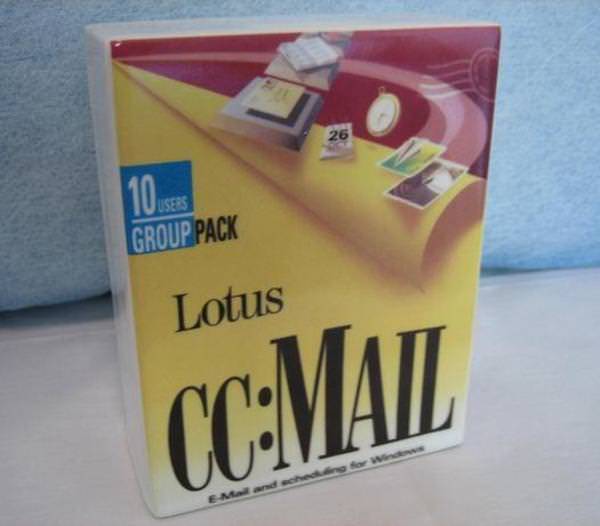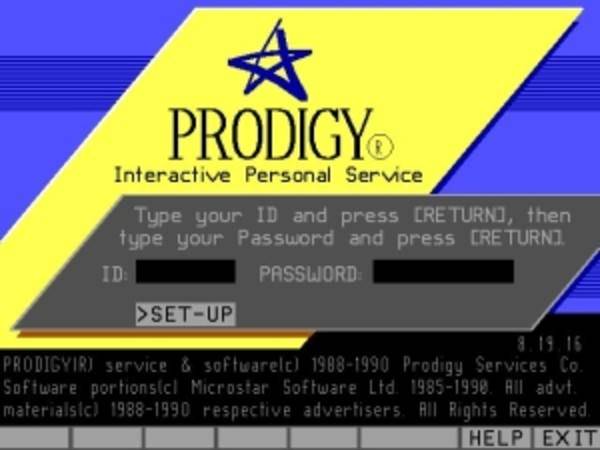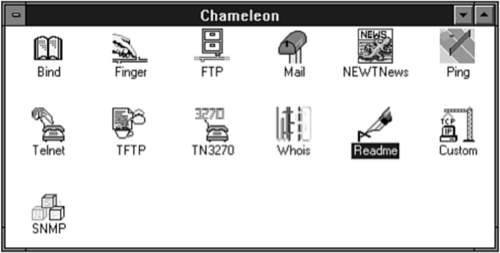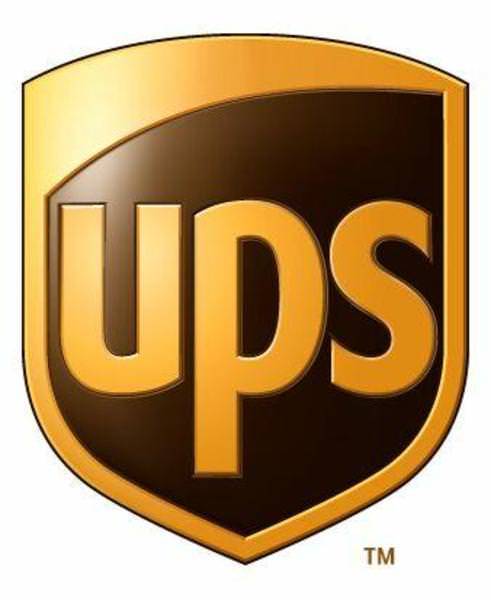Lots of memories of my computing past flooding through me this morning, and no, this won’t be another Jobs tribute. But a post yesterday talking about whether you were using the Internet back in 1995 brought me back to that era, and I thought it would be a good time to show how much progress we have made in the 16-some years and what businesses were doing with the Internet back then.

Actually, I first started communicating on the Internet back in the late 1980s, and when I started Network Computing magazine in the summer of 1990 I was determined for all of our writers to have Internet email addresses. Back then there weren’t any dot coms other than the research organizations that built the Internet and some universities. We were fortunate to work with a computing team at UCLA (which is where one of the first Internet nodes was established, BTW) and they had an email gateway so each of our editors could get Internet emails, along with Compuserve and MCIMail too. Those gateways were extremely buggy: someone sent an attachment that was 350 kB or so, and that clogged things up on the gateway until we could delete the message. Good times.

The most popular email product was something called cc:Mail, which was eventually bought and killed by Lotus and now largely forgotten. (Thanks to the Lotus Museum.)

Anyway, in 1995 we had the second version of graphical Web browsers, and this is where the Web began to really take off. Several print publications that I worked for at the time were setting up their first websites. I wrote reviews of “groupware” (what we called the first primitive social networking products, such as Lotus Notes and Novell’s GroupWise) and Web server software. Prodigy and Compuserve still had more people connected to their proprietary networks than the regular Internet. At the time, the Web was still more curiosity than mission-critical. One of my sources, a corporate IT manager, said that the web is “plagued with the teenage sex syndrome, ‘Everyone is interested in it, but they don’t know what to do’.” Others at the time said that “you don’t use a Web page to sell sofas.” Now my interior designer wife routinely buys and sells furniture for her clients online.

In 1995, there weren’t any broadband connections. The best you could do, short of paying hundreds of dollars a month for a dedicated digital phone line, was ISDN, which offered at most 100 kbps and wasn’t easy to set up. Business phone lines had to pay per minute for each call to your Internet service provider, which meant you were careful how much time you used on your connection, unless you purchased your own T-1. And unlike today’s modern OS’s that came with IP protocol stacks, we had to cobble things together with third-party add-on software that was idiosyncratic at best. Products from companies such as NetManage Chameleon and Frontier Technologies.

In the fall of 1995 I started my weekly email newsletter: a project that I continue to contribute to this very day. Email newsletters have come and gone but they still are the bread and butter of many businesses today. (This article will be cross-posted to that list later today.) Back then I used a Unix server and some complex command strings and FTP to post each issue to my mailing list.
At the same time, I built my first website, running on Windows NT with IIS v4 and Cold Fusion. Back then this was the best way to serve up dynamic content and to combine databases and the Web. We didn’t have WordPress, we didn’t have Java, we didn’t know from CSS. It was straight HTML and that was pretty much it. Even then Netscape (the ancestor to Mozilla) was trying to wrest control of the browser from Microsoft, and had introduced their proprietary extensions to HTML. Some things never change.
Who were the big companies back in the 1995 era Internet? Sun, Cisco and Novell come to mind. Sun is now part of Oracle, Novell is a shadow of its former self, and Cisco has acquired 75 companies since then, or so it seems.
The wireless data industry was also a very different place back then. RIM was just getting started, and their devices hadn’t yet caught on – clunky text-based things barely evolved from pagers. Cellular modems were available for PCs but expensive affairs and the connections were unreliable. UPS, the package delivery company, had just outfitted all of its trucks with them so they could track deliveries. Some improvement there.

So when you plug in your Wifi-enabled laptop down at the local coffee shop and fire up your Chrome browser at blazing speeds to update your WordPress site, think of where we have come from back then.










